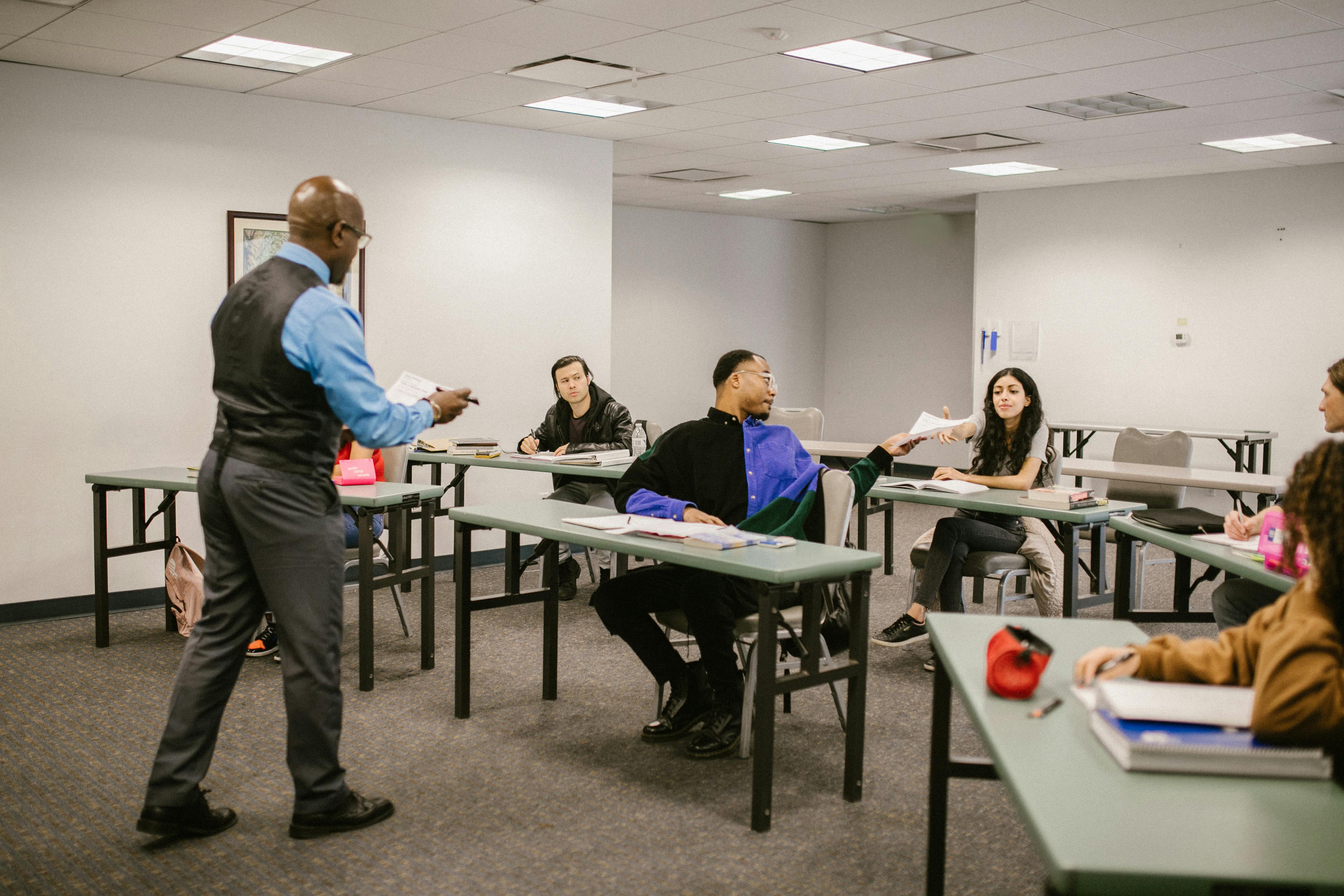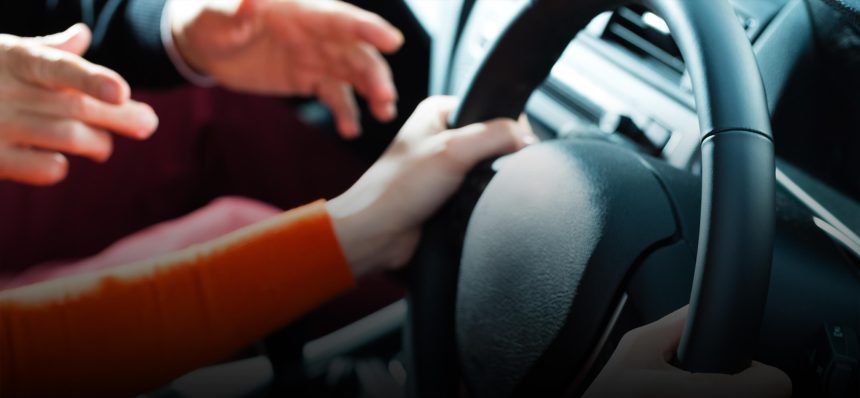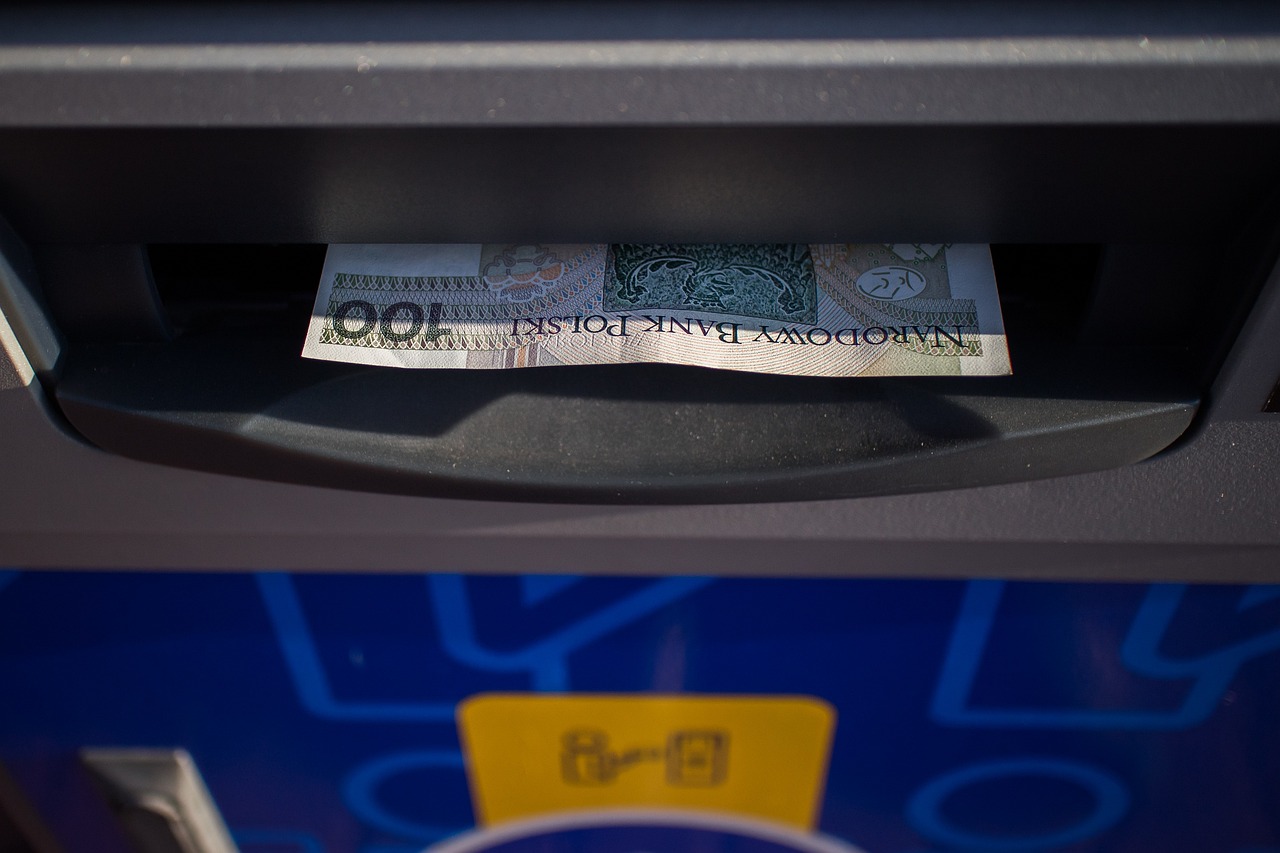In recent years, an increasing number of students in the UK are considering purchasing a car not only to enhance their daily commute but also to significantly reduce transportation expenses. Therefore, it is essential to understand the driving procedures and application process for obtaining a temporary driving license in the UK. If you are planning to learn how to drive in the UK soon, this comprehensive guide on driving will undoubtedly provide valuable assistance.
How to get a Driving Licence in the UK?
The process of obtaining a driving license in the UK consists of five distinct steps:
- application for a provisional driving license
- completion of driver training
- passing a theory test
- taking a road test
- acquiring a full UK driving license
Each step is autonomous, and progression is determined by individual effort.
Application for Provisional Driving Licence
1. What is a temporary driving license?
The temporary driving license in the UK serves as a valid form of identification for both the written and road tests required to obtain a full driving license, also known as an L-license. Its specific functions are as follows:
- When used as an ID card, it primarily verifies one’s identity in various scenarios, such as purchasing alcohol at supermarkets or visiting bars. It is also necessary for conducting business transactions.
- Applying for a temporary driving license is the initial step towards obtaining a formal driving license in the UK. Only after acquiring a temporary driving license can individuals qualify to undertake the theory and road tests, subsequently leading to the issuance of a full driving license.
- With a temporary driving license, individuals are permitted to drive on public roads within the UK; however, they must be accompanied by a co-driver who possesses at least three years of driving experience in the country. Additionally, highway usage is prohibited while displaying conspicuous “L” plates on their vehicle, which serves as an indication that they are learner drivers requiring caution from other road users.

2. What are the requirements for applying a temporary driving license?
- Temporary license applicants must meet the eligibility criteria of being a UK resident, typically residing in the country for a minimum of 185 days per year.
- You can apply for a temporary license at 16. However, you must be 17 years old to operate a vehicle legally.
- Your visual acuity should meet the required standards (wearing glasses or contact lenses is acceptable), and you should be able to read the license plate of the preceding vehicle from a distance of 20 meters.
- The application fee amounts to £43 if submitted by post or £34 if completed online. Online payment can only be made using debit or credit cards such as MasterCard, Visa, Electron, Maestro, and Delta.
- Possessing a valid passport is mandatory.
- Provide your National Insurance Number if available; otherwise, click ‘Next’.
- Furnish your residential address history for the past three years.
3. How to apply for a UK temporary driving licence?
Post Office Application
Go to your nearest post office and get a free Provisional Driving Licence form. There are two forms: the D1 form for applying to drive a small vehicle and the D2 form for applying to drive a lorry or a large car.
After filling in the form, put it in an envelope together with your passport and the application fee of £34 (cheque/Post Order). It is necessary to pay attention to the passport, which is very important. It is better to buy a Special Delivery envelope and send it to DVLA together. This will avoid the loss of your passport in the post.
Online Application
Access the official website of the Driver and Vehicle Licensing Agency, navigate to the application page, and meticulously complete the personal information as per the provided instructions. Subsequently, dispatch your passport, photograph, and requisite fees separately to the designated address.
4. How long does it take to get a temporary driving license?
The DVLA will send you a letter containing an ID card with your photo within ten working days of your application. This ID card serves as your temporary driving license, which is valid for a period of ten years.
Find a Driving School
After obtaining the L license, you can commence your driving education. Once you successfully pass both the theory and road tests, you will be eligible for an official driver’s license. It is important to note that in case of a change in residence or if the validity period exceeds 10 years, it is necessary to contact the DVLA to update your address or provide new photographs for your driver’s license.

1. How to choose a driving school in the UK?
The UK is home to three renowned driving schools:
- AA Driving School, the most significant motoring organization in the country, boasts a unique history of embracing new technology and innovation to enhance its service offerings.
- BSM Driving School stands out for its diverse range of driving courses and ability to tailor personalized learning plans.
- RED Driving School, with over 1,200 instructors, operates a contact centre and booking system that caters to users across England, Scotland, and Wales.
2. How long and how much does it cost to learn to drive in the UK?
How long
After securing a coach, they will assess your individual circumstances and determine the optimal duration for your driving practice. If you have no prior experience behind the wheel, it is generally advisable to allocate a minimum of 40 hours for learning.
How much
A driving lesson in the UK typically lasts for two hours. The cost varies depending on the location, but it averages around £27 per hour. If you opt for an automatic car, there will be a higher fee; however, online bookings often offer discounts. Additionally, there are fewer automatic cars in the UK, so there are fewer driving lessons with automatic gears. When booking a course, please indicate whether you prefer to drive a manual or automatic car.
Theory Test
1. How to prepare for the Theory Test?
If you are familiar with the road rules in the UK, you can simply take the test. But for most people, it is necessary to prepare for the test. The theory test in the UK is divided into Theory and Hazard perception.
Theory
The initial segment of the fundamental theory comprises 50 multiple-choice questions, which must be completed within a time frame of 1 hour. A minimum score of 43 correct answers is considered as the passing criterion. DVSA updates its test materials and question banks annually.
The most convenient and authorized approach is to purchase a blue DVSA Theory Test Kit from the post office at a cost of over £20. Alternatively, one can acquire books and DVDs from their official website. These resources are concise yet comprehensive, and it is highly recommended that you thoroughly study them.
Additionally, users have the option to download DVSA’s mobile application called “The Official DVSA Theory Test Kit” for £5. This app contains a pool of 900 questions that will be randomly selected during the examination process. Once users become familiar with these 900 questions, they can proceed to practice hazard perception skills and simulate real exam scenarios.
Hazard Perception Test
The second part consists of the Hazard Perception Test, which involves watching 14 driving videos with a total of 15 potential hazards distributed throughout. Most videos contain one potential hazard, while one video contains two crises that must be identified promptly. Each video is played only once, with an interval of more than 10 seconds between them. The videos cannot be paused or replayed.
After identifying the hazard, it is necessary to click the mouse to demonstrate your reaction. Each crisis carries a maximum score of 5 points, with higher scores awarded for more timely identification of the danger. The timing of mouse clicks should neither be too early nor too late. A hazardous situation allows for up to five clicks, with an ideal response earning 5 points, followed by 4, 3, 2, and 1 points. Failure to notice a potential danger results in a score of zero. Excessive clicking will be considered cheating by the system and will result in a direct score of zero for that video clip. The total score across all 14 videos amounts to 75 points, while a minimum passing grade requires obtaining at least 44 points. This particular task demands some finesse; therefore, candidates are advised to practice more simulation questions using the provided APP or DVD.
2. Take a theory exam
The written part is called the Driving Theory Test and costs £23. If you haven’t taken it, you must wait at least three working days to retake it.
- Find a Theory Test Centre near you and book your test online.
- On the day of the test, you need to bring your Provisional Driving Licence and arrive 15 minutes early. There is a partition between each computer, and you have to sit on one.
- When you finish, you can walk out and get your test results. If you haven’t passed, you can apply for another test, but if you have passed, you can prepare for the road test. The written test certificate is valid for two years; if you fail the road test within two years, you will need to retake the theory test.
Driving Test
The driving tests in the UK are known for their stringent standards, so it is crucial for beginners to allocate ample time for preparation. It is worth noting that there is a one-month interval between each test, and the theory test remains valid for a period of two years. Therefore, it is advisable to commence early preparations for the examination.

Procedures for a UK Road Test
The road test also requires a visit to the nearby Test Centre. The instructor will provide you with advance notice of the test location and arrange for your pick-up on the day. You may also request their presence in the back seat of the car to accompany you during the test.
In the Test
The scheduled road test duration is approximately 40-45 minutes, taking into account the prevailing traffic conditions on that particular day. During this period, the examiner will assess your proficiency in regular driving manoeuvres as well as reversing skills. Additionally, there will be a dedicated 10-minute segment to evaluate your autonomous driving capabilities. In this section, you will be provided with a designated destination by the examiner, and it will be your responsibility to determine the appropriate route based on road signage.
To successfully pass the test, you are required not to exceed 15 minor mistakes and avoid any significant errors. Your examiner will promptly provide you with your test results. Upon passing, you will have the opportunity to upgrade your temporary driving license to a Full License, enabling you to drive in any European Union country. In case you haven’t taken the test yet, please note that rescheduling can only be done after a minimum waiting period of 10 working days.
Cost
The fees are as follows: £62 per session on weekdays, and £75 for sessions after 4.30pm on weekdays, weekends, and Bank Holidays.
What is a Minor Mistake in the driving test?
During the driving test, the examiner possesses a comprehensive form that meticulously documents every error committed by the examinee throughout the examination. While a maximum of 15 minor mistakes is permissible, any major mistake will immediately fail the test.
The term “minor” generally refers to insignificant errors that do not pose any danger to individuals or vehicles, do not cause traffic congestion, and do not inconvenience other drivers.
For instance:
- Engaging the handbrake after a traffic light
- Forgetting to shift the car into neutral and release the clutch, resulting in engine stalling,
- Neglecting to check blind spots while driving,
- Improper use of gears during driving
Tips for driving test in the UK
- Roundabout: The easiest part to make a Major Mistake. There are many roundabouts in the UK, with no traffic lights, and the traffic relies on voluntary and mutual concession. But excessive concession is also a Major Mistake. A few places that need to be paid attention to are the lane change in the roundabout, how to use the directional lights, whether to observe the vehicles coming from the right before entering the roundabout, whether to change gear after stopping, and whether to stop the engine after entering the roundabout, etc.
- Bicycle: it is easy to make a Major Mistake when overtaking a bicycle on the road. British bicycles can be driven on the motorway by law, and other vehicles must give them enough space. If you want to overtake, you must carry out on a road with enough space and can not cause danger to the cyclists.
- Speeding: The speed limit in residential areas in the UK is generally 20-30 miles per hour, which is difficult for beginners to control.
- Giveaway: there are many double dashed lines in the UK, without traffic lights, and it is easy for beginners to drive directly out. Here, you must react in advance to slow down, stop, make way, and confirm that there is no traffic on the right before you drive away.
- Yellow box and Junction can not be stopped: you must continue at the yellow box in front of others’ yards and significant intersections.
- Check the blind spot when reversing: it is best to turn your head 360 degrees to see it, and the examiner mainly wants to know if you have this action before reversing.

Obtain a full UK driving licence
You will receive your full driver’s license within 10 working days upon successfully passing the road test. It serves not only as a valid document for car rental purposes but also functions as an official identification card, enabling you to access various establishments such as bars and supermarkets or perform tasks like package retrieval at post offices. Your driver’s license can be utilized as a reliable form of identification in these scenarios. Once you have obtained your driver’s license, it is essential to remember that if you have purchased a vehicle and acquired insurance beforehand, updating the relevant information at the insurance company is crucial in order to benefit from potential cost reductions.

If you’re thinking about studying in the UK, it’s crucial to find the right student accommodation. That’s where uhomes comes in. It’s a reliable platform that helps students like you find the perfect place to live in London, Manchester, Glasgow, Cardiff, Birmingham and many other cities. So far, they’ve helped more than 55,000 students successfully find their dream homes.

FAQ
The cost of driving in the UK is dependent on the duration and frequency of lessons undertaken. For novice drivers, a minimum of 40 hours or 20 lessons is recommended. Each lesson spans over a period of 2 hours, with an hourly rate of £25, resulting in a total cost of £1,000. However, it is common for beginners to require additional practice time, which may amount to approximately £1,250 to £1,500.
Automatic cars are relatively uncommon in the UK, with a limited availability of driving lessons. Many insurance companies offer significant discounts for manual transmission cars. The process of transitioning from an automatic to a manual is more complex. Thus, it is advisable to learn how to drive a manual car.
Specific requirements for upgrading from automatic gear to manual gear: https://www.gov.uk/automatic-driving-licence-to-manual
According to the official website, you need to have been in the UK for 6 months or more before you can apply for a written and driving test.
The International Driving Permit (IDP) was established by the UN Geneva Road Traffic Convention in 1949 and the Vienna Road Traffic Convention in 1968. Currently, it is recognized and utilized in over 180 countries and regions worldwide. The IDP serves as a convenient document for drivers from member nations to operate private vehicles abroad. It is important to note that the IDP cannot be used independently; drivers must possess both their national driving license and the IDP for it to be valid.
If you are interested inUK living tips. Please check following blogs!












